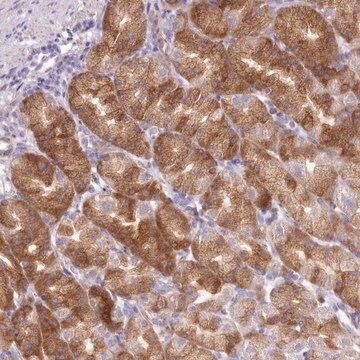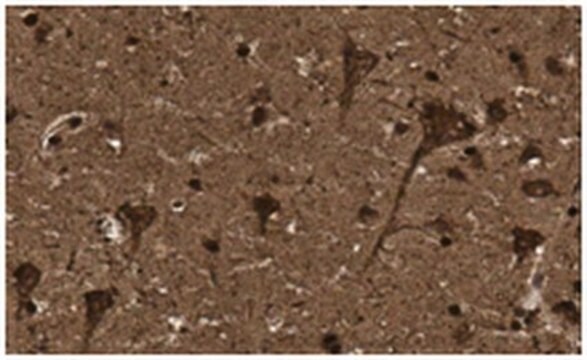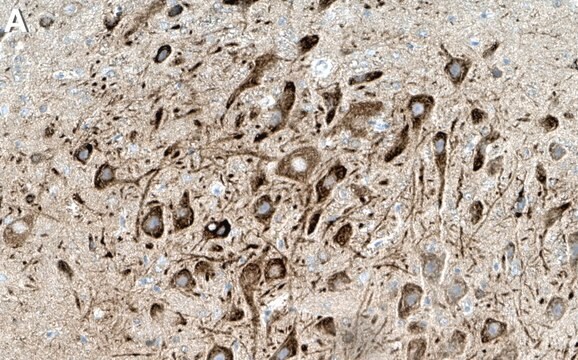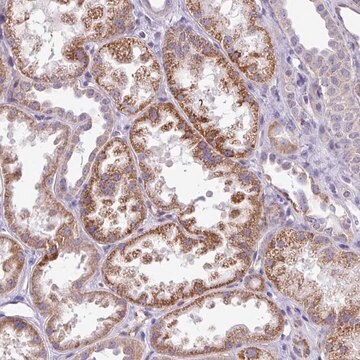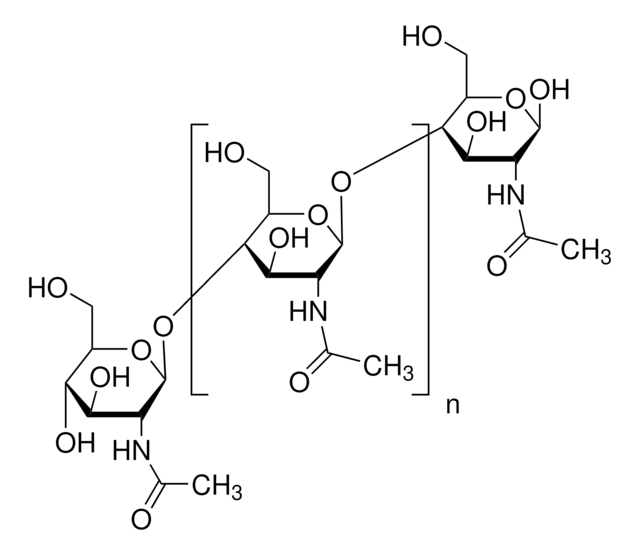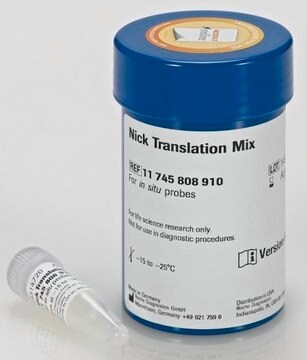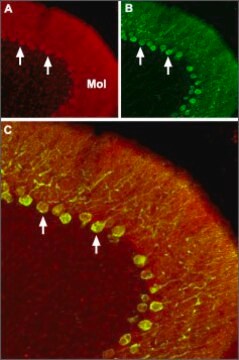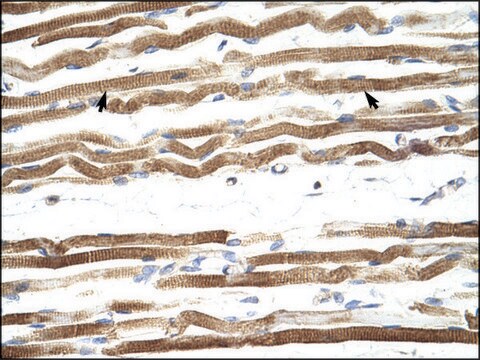MAB2226
Anti-Piccolo Antibody, clone 4G3.3
clone 4G3.3, from mouse
Synonym(s):
presynaptic cytomatrix protein, Aczonin
About This Item
WB
western blot: suitable
Recommended Products
biological source
mouse
Quality Level
antibody form
purified antibody
antibody product type
primary antibodies
clone
4G3.3, monoclonal
species reactivity
mouse
species reactivity (predicted by homology)
human (based on 82% homology), rat (92% homology)
technique(s)
immunohistochemistry: suitable (paraffin)
western blot: suitable
isotype
IgMκ
NCBI accession no.
UniProt accession no.
shipped in
wet ice
target post-translational modification
unmodified
Gene Information
human ... PCLO(27445)
mouse ... Pclo(26875)
General description
Specificity
Immunogen
Application
Representative images from a previous lot.
Piccolo staining pattern/morphology on mouse brain tissue/cerebellum. Tissue was pretreated with citrate pH 6.0, antigen retrieval. A previous lot of the antibody was diluted to 1:300, using IHC-Select Detection with HRP-DAB. Immunoreactivity is localized to the synaptic junction of neurons in the granular layer and Purkinje cells(arrow).
Neuroscience
Synapse & Synaptic Biology
Quality
Target description
Physical form
Storage and Stability
Analysis Note
Rat brain lysate, mouse cerebellum
Other Notes
Disclaimer
Not finding the right product?
Try our Product Selector Tool.
Storage Class Code
12 - Non Combustible Liquids
WGK
WGK 2
Flash Point(F)
Not applicable
Flash Point(C)
Not applicable
Certificates of Analysis (COA)
Search for Certificates of Analysis (COA) by entering the products Lot/Batch Number. Lot and Batch Numbers can be found on a product’s label following the words ‘Lot’ or ‘Batch’.
Already Own This Product?
Find documentation for the products that you have recently purchased in the Document Library.
Our team of scientists has experience in all areas of research including Life Science, Material Science, Chemical Synthesis, Chromatography, Analytical and many others.
Contact Technical Service